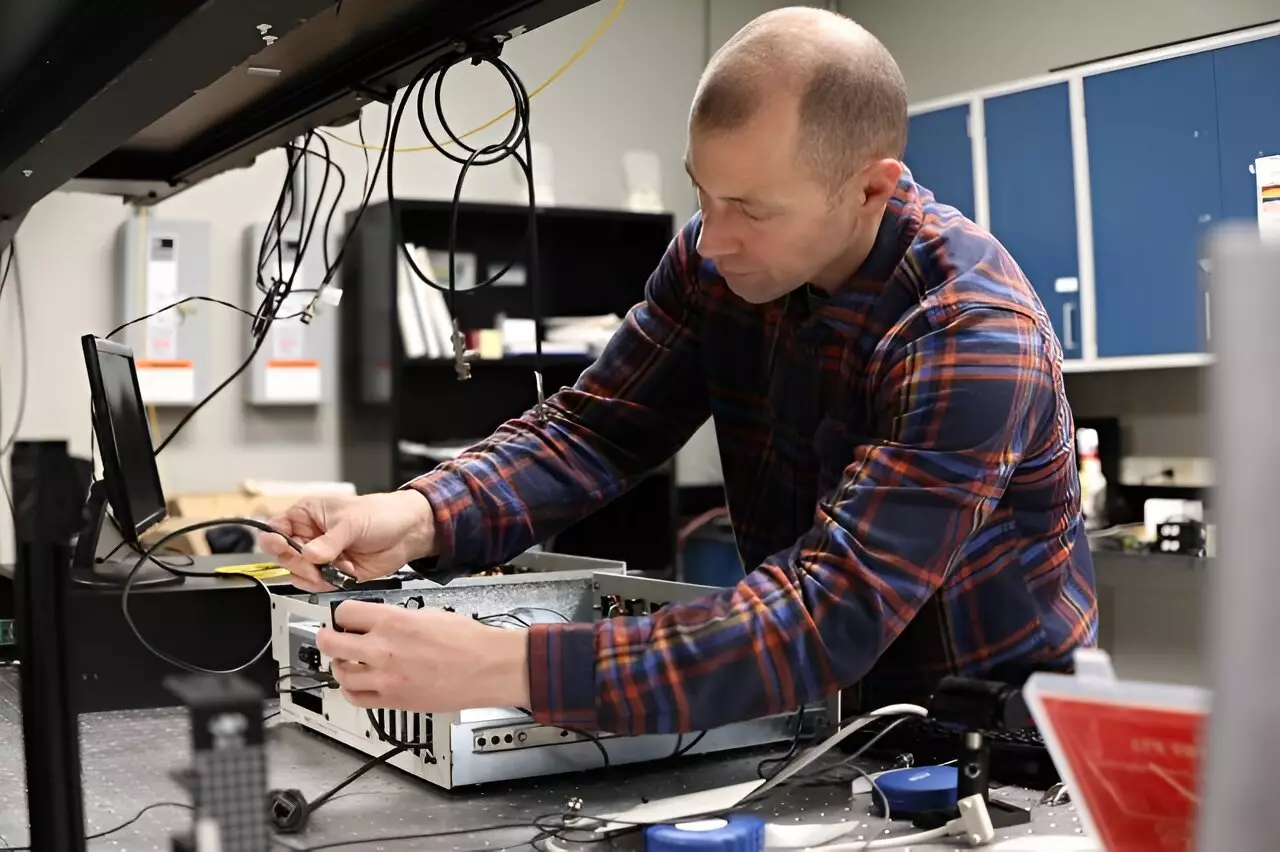In a groundbreaking study conducted by researchers at the Department of Energy’s Oak Ridge National Laboratory, the potential for advanced quantum-based cybersecurity in a deployed fiber link was demonstrated. The results of this study, published in CLEO 2023, build upon a proof-of-principle experiment performed by ORNL scientists in 2015.
One of the key aspects of the experiment was quantum key distribution, which is a secure method of sharing a secret key. This involves the transmission of a quantum signal using a true local oscillator to mitigate the effects of noise in the fiber-optic network. By encoding the signal in continuous variables that describe the properties of light particles, known as photons, in amplitude and phase, the team was able to ensure the security and coexistence of the quantum and conventional data signals.
The Importance of Quantum Key Distribution
Nicholas Peters, the head of ORNL’s Quantum Information Science Section and the principal investigator of the study, highlighted the significance of quantum key distribution in enhancing information security. The cryptographic protocol allows two parties to generate a secure key that only they know, using lasers to generate weak optical pulses between two points, commonly referred to as Alice and Bob. By measuring the pulses, any interception or corruption of the message can be detected, thus ensuring the confidentiality of the key.
Previous methods of quantum key distribution posed vulnerabilities due to the transmission of the optical pulse along with the local oscillator. The new approach, however, relies on independent lasers at the transmitting and receiving points, reducing the risk of interception. By leveraging interference patterns to detect the quantum signal, the researchers were able to improve the security and efficiency of the system.
Enhancing Signal-to-Noise Ratio
A critical factor in the success of quantum key distribution is the signal-to-noise ratio. High levels of noise can decrease the rate at which the key is distributed, limiting the confidentiality of the communication. By utilizing a narrow energy laser as a local oscillator, the team was able to act as a filter for background noise, thus improving the overall signal-to-noise ratio and enhancing the security of the system.
The success of this experiment opens up new possibilities for the adoption of quantum-based cybersecurity in existing fiber-optic networks. By leveraging the infrastructure already in place, the implementation of quantum key distribution could become more affordable and accessible. Future efforts will focus on replicating the results of the experiment in a wider range of network scenarios, paving the way for enhanced information security in the digital age.


Leave a Reply